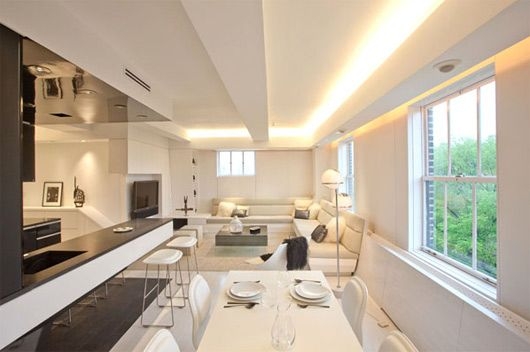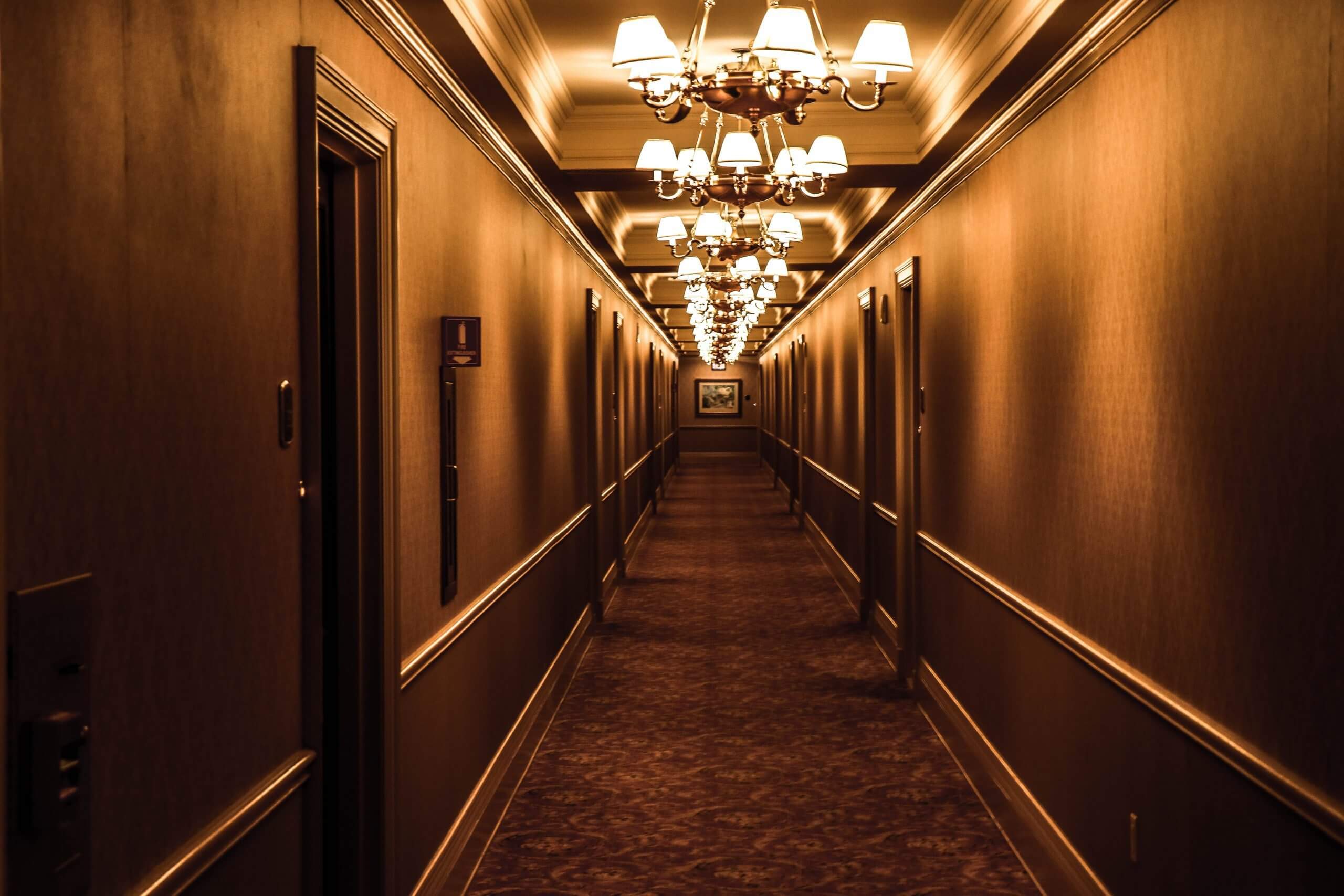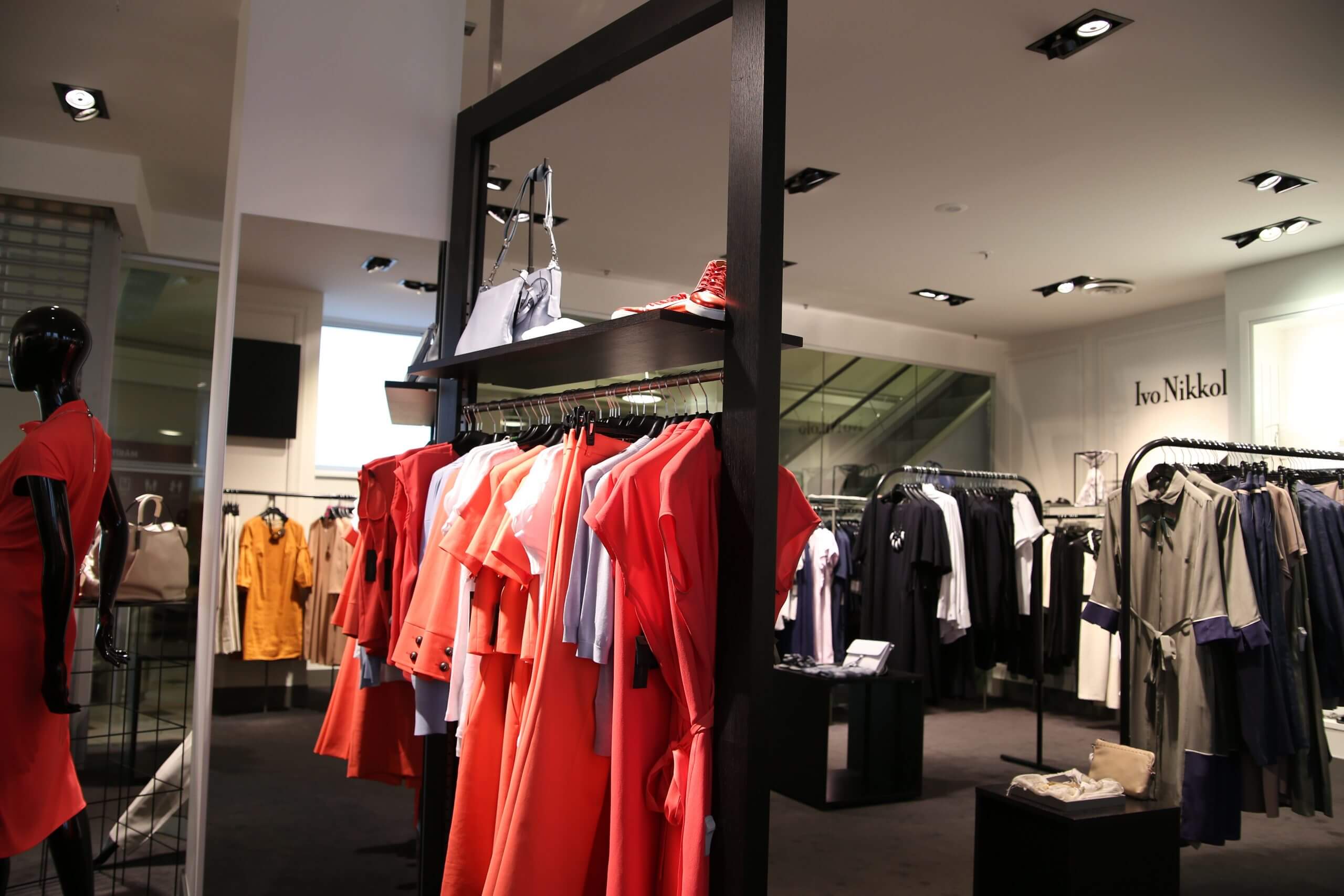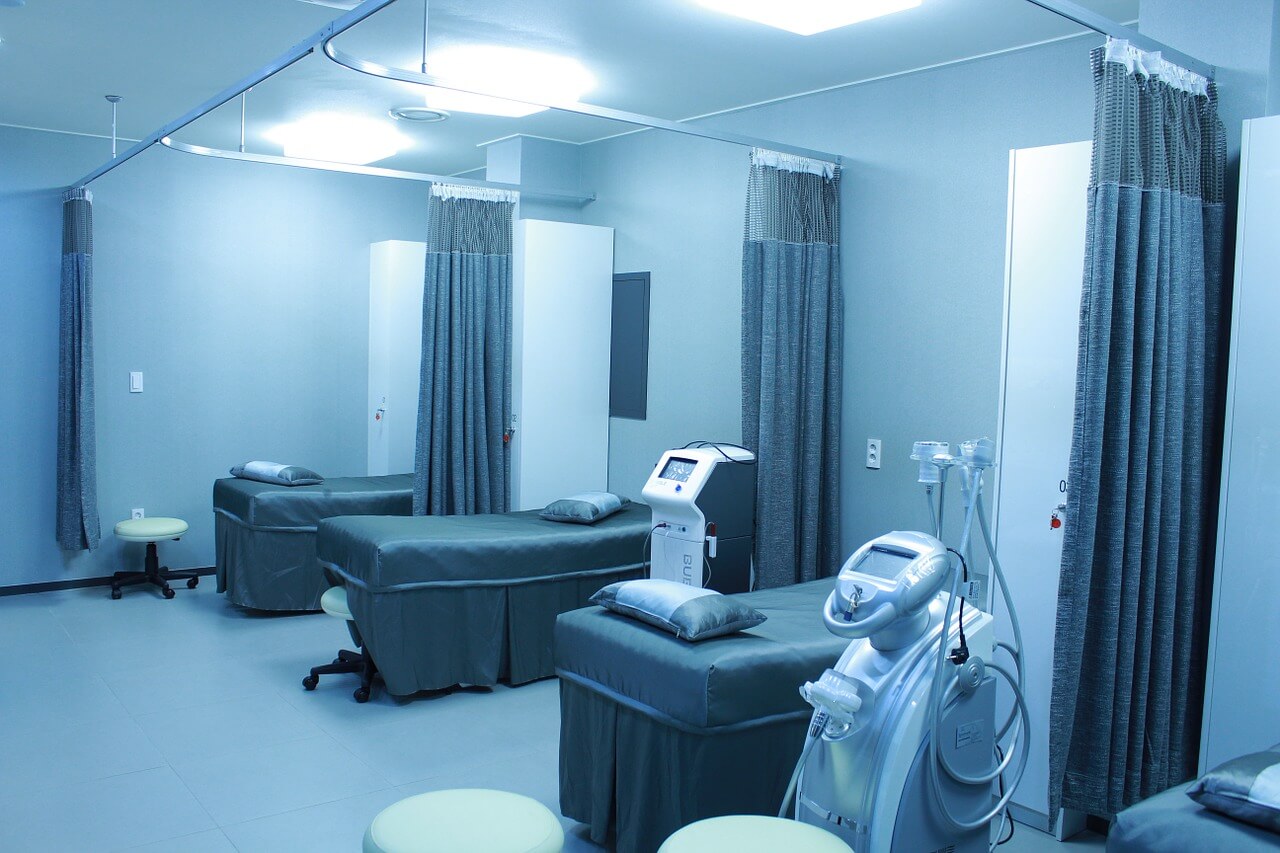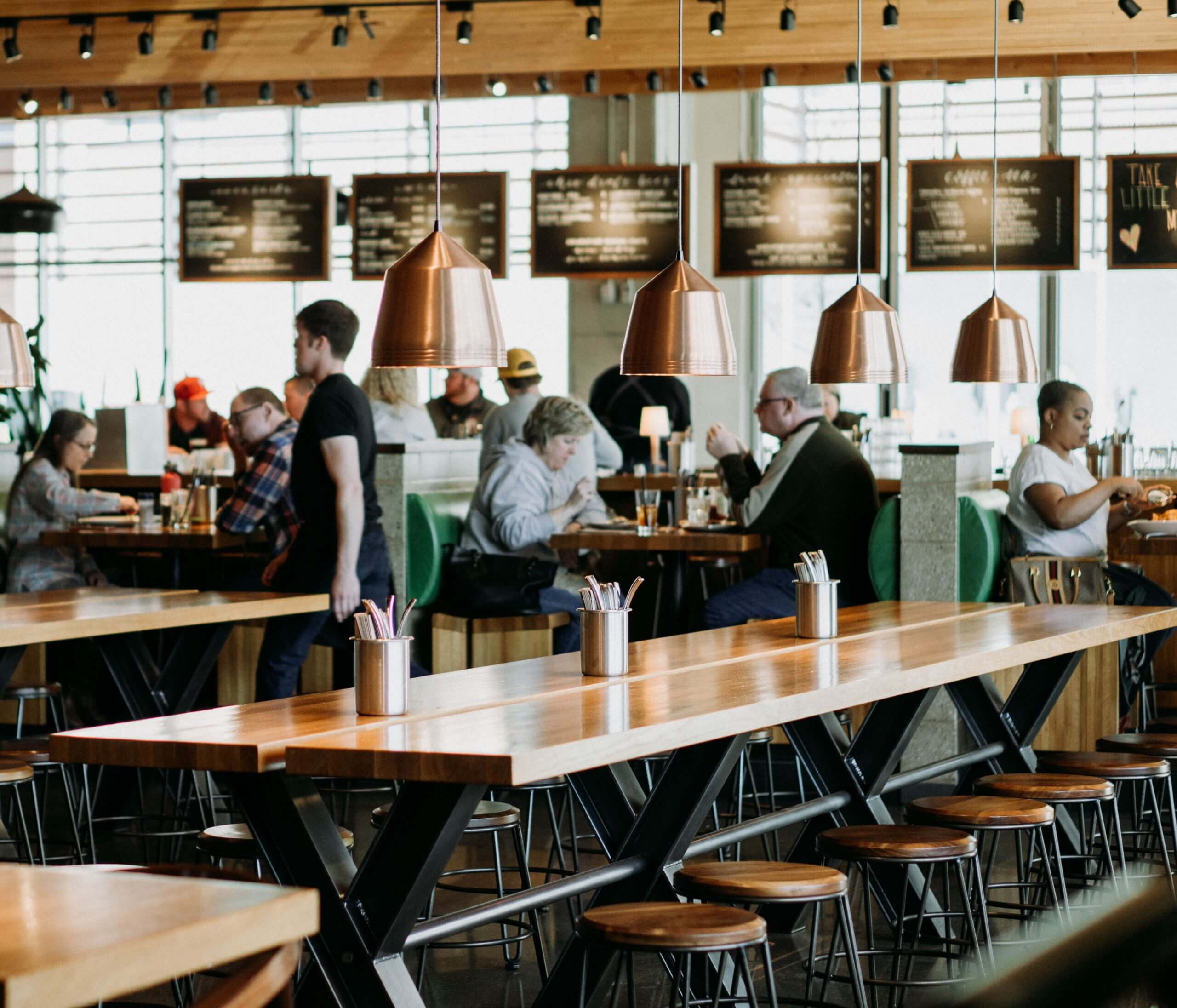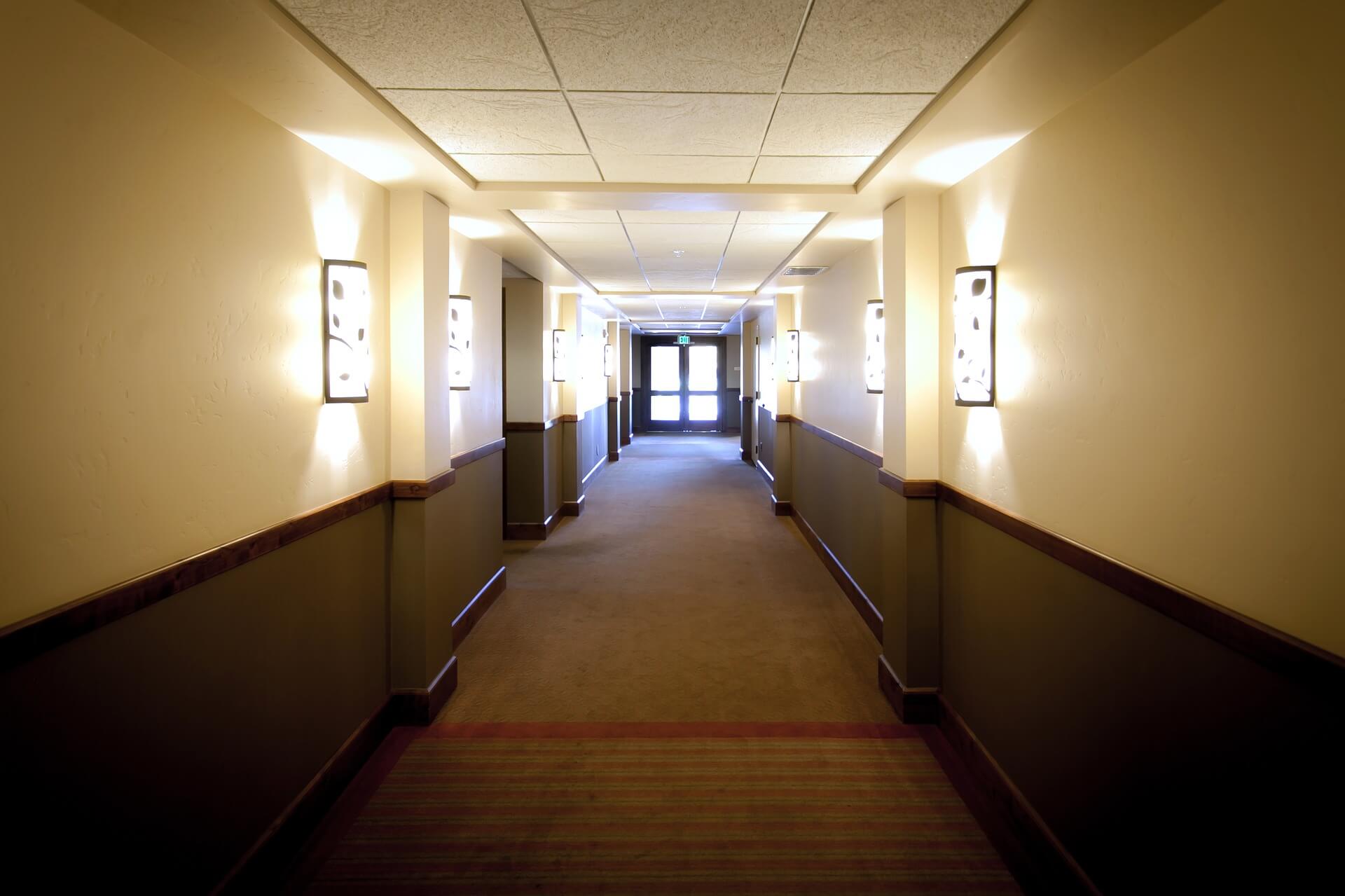With this winter’s extreme weather, it’s becoming more and more clear that we have to act fast to address the issue of climate change. As a business owner, you’re in a very special position when it comes to reducing your carbon footprint. Not only can this help save the environment, it will also save you money.
Here are some ways investing in LED lighting can help you reduce your carbon footprint and your business expenses:
LED lighting is 50-90% more efficient than conventional bulbs: LED lights use half as much to as little as only a tenth of the amount of energy that conventional lighting uses. This translates directly to a 50-90% saving on your energy expenditures. Not only is this a huge amount of money that very quickly allows your investment to pay for itself, less power needs to be generated for the same amount of lighting, resulting in lowered carbon emissions.
LED lighting lasts up to 15x longer than conventional lighting: How annoying is it when a light bulbs burns out? Not only are you paying for the time to fix it, but also for the tools/equipment need to fix it or the down time for the area that it may affect. LED lights last up to 250,000 hours – that’s 15x longer than the average HID bulb or fluorescent lamp. That’s 250,000 hours, 342 months, 20+ years that you can go without having to worry about lighting maintenance. By removing old technology and replacing with LED, this directly translates to lower carbon emissions not to mention better light, improve productivity and incredible energy savings.
LED lights turn on and off instantly: Unlike older technologies like HID or fluorescent, LED lights are instant on/off. With LED we no longer have any long warm-up or cool-down times. Nor do we need our HVAC to work as hard as it once was with these older technologies because LED does not emit any heat. We also now have the ability to implement more advanced lighting controls to not only maximize energy savings, but also to ensure the facility is running at optimal levels.
No matter what size your business is, improving your energy savings is a great investment, both in your company’s competitiveness and in the environment. Contact us today for a free estimate.



